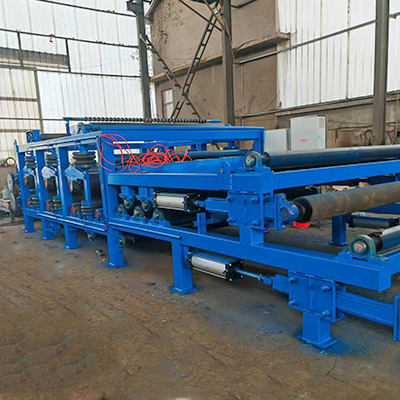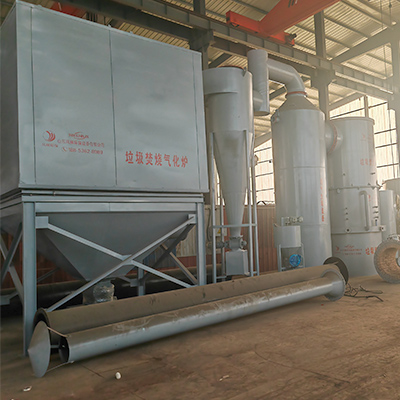Welcome to My Blog! 🌟
I’m so glad you’re here! Before we jump into the exciting content, I’d love for you to connect with me on my social media platforms. It’s where I share extra insights, interact with our amazing community, and post regular updates. Here’s how you can join the conversation:
📘 Facebook: Follow me on Facebook for more updates
Now, let’s dive into the journey ahead. I hope you find everything here both engaging and valuable. Together, let’s explore, learn, and grow! 🚀
Table of Contents
Introduction
Domestic sewage treatment is a crucial process that ensures household wastewater is properly managed to protect the environment and human health. With rising concerns over water pollution and sustainable living, investing in an effective system has become more important than ever. However, many homeowners and even small communities fall into common pitfalls that can lead to costly repairs, inefficiencies, and legal troubles.
Understanding the critical aspects of domestic sewage treatment can save you from unexpected headaches down the line. In this blog, we will explore the six most costly pitfalls associated with this vital process and provide insights into how you can avoid them.
Pitfall 1: Poor System Design for Domestic Sewage Treatment
One of the most frequent and expensive errors is implementing a system that does not accurately match the property’s specific needs. Whether it’s an undersized unit that becomes overwhelmed during peak usage or an oversized one that operates inefficiently, improper planning can result in numerous operational issues.
Critical factors that must be addressed during the design phase include:
- Estimated daily wastewater output
- Anticipated peak flow periods
- Soil type and its absorption rate
- Physical land constraints and topography
Ignoring these elements often leads to frequent backups, sluggish drainage, and unpleasant odors infiltrating the surroundings. These signs are red flags indicating that the system’s configuration may not align with your household’s wastewater generation patterns.
Key Indicators of Inadequate System Planning:
- Recurring overflow incidents
- Noticeably slow drainage in bathrooms and kitchens
- Persistent foul smells near tanks or drainage fields
Consulting experienced engineers or wastewater treatment consultants during the design phase is crucial. Their expertise ensures the solution chosen fits your site’s unique characteristics, helping you avoid unnecessary future repairs or complete system replacements.
Pitfall 2: Incorrect Material Selection in Domestic Sewage Treatment Systems
Choosing the right materials for pipes, tanks, and connectors is foundational to creating a resilient and long-lasting setup. Opting for low-quality components can lead to premature deterioration, leaks, and even catastrophic failures.
Common pitfalls when it comes to material selection include:
- Installation of pipes that crack under pressure or temperature fluctuations
- Tanks constructed from materials prone to rust or chemical degradation
- Sealants and gaskets incompatible with wastewater chemical profiles
The following table provides a clear comparison of recommended materials for each major component:
| System Component | Recommended Material | Reason for Choice |
|---|---|---|
| Pipes | PVC or HDPE | Corrosion resistance and flexibility |
| Tanks | Reinforced concrete or fiberglass | Long lifespan and strength |
| Connectors and Seals | Rubber gaskets or EPDM seals | Durability and leak prevention |
Using premium materials tailored to your specific wastewater composition greatly reduces the risk of breakdowns and expensive mid-life replacements.
Pitfall 3: Inadequate Maintenance Practices for Domestic Sewage Treatment

Even the most advanced wastewater systems require routine maintenance to operate at their best. Unfortunately, many owners neglect basic upkeep, believing that once installed, their units will function indefinitely without intervention.
Critical maintenance actions include:
- Regular checks for blockages or flow disruptions
- Inspecting pumps, aerators, and moving parts
- Monitoring chemical treatments where applicable
- Scheduling periodic sludge removal to prevent tank overload
Setting up a proactive service plan customized to your equipment and local conditions will maximize efficiency and reduce unexpected failures. Regular upkeep not only ensures compliance with environmental standards but also extends the life of your investment significantly.
Pitfall 4: Ignoring Environmental Impact Regulations
Regulatory compliance is not optional when managing residential wastewater. Skirting or misunderstanding applicable environmental laws can lead to severe consequences, including hefty fines, forced system shutdowns, or legal action.
Essential regulatory considerations typically involve:
- Meeting discharge quality standards
- Proper management and disposal of sludge
- Mandatory inspections by certified authorities
Before selecting or installing a wastewater solution, it is critical to engage with local environmental offices or regulatory experts. They can guide you through the necessary permits and operational standards, preventing compliance issues down the road.
Pitfall 5: Underestimating Costs Beyond Installation
Another financial misstep is budgeting solely for initial system installation while ignoring the ongoing expenditures required to keep the system operating effectively. This shortsightedness can strain household finances over time.
Expenses often overlooked include:
- Routine maintenance and servicing fees
- Energy consumption for mechanical components
- Replacement costs for worn parts like pumps and seals
- Fees associated with regulatory compliance inspections
Evaluating the true cost of ownership — not just the setup price — will provide a more realistic picture of the investment needed to keep your system functional and compliant over its lifespan. your domestic sewage treatment system remains financially sustainable over its lifetime.
Pitfall 6: Failure to Upgrade or Replace Aging Systems

TWith technology evolving rapidly, many older sewage solutions have become inefficient, costly, or non-compliant with newer environmental standards. Continuing to operate an outdated unit increases the likelihood of system breakdowns and may expose you to regulatory penalties.
Telltale Signs Your System Needs Attention:
- Regular malfunctions requiring emergency repairs
- Noticeably higher maintenance bills year after year
- Non-compliance notices following regulatory inspections
Upgrading to modern, energy-efficient systems provides better treatment performance, lowers operational costs, and ensures adherence to the latest environmental standards.
Conclusion
Avoiding these six costly pitfalls is essential for efficient, compliant, and long-lasting domestic sewage treatment. By focusing on proper system design, choosing the right materials, maintaining your setup, understanding regulatory frameworks, budgeting accurately, and upgrading when necessary, you can protect both your investment and the environment.
Making informed decisions at every step ensures that your domestic sewage treatment system remains effective, reliable, and environmentally responsible for years to come.
FAQ
What is domestic sewage treatment?
Domestic sewage treatment involves the removal of contaminants from household wastewater to produce environmentally safe effluent and sludge.
How often should I maintain my domestic sewage treatment system?
Routine inspections and minor maintenance tasks should be done quarterly, with more comprehensive servicing scheduled annually or as recommended by the manufacturer.
What are the signs that my treatment system is failing?
Common indicators include foul odors, slow drainage, pooling water around the system, and recurring system alarms.
Can I upgrade an existing system, or is replacement necessary?
Minor upgrades like adding new filters or energy-efficient components can extend a system’s life, but complete replacement might be necessary for very old or non-compliant units.
How much does domestic sewage treatment cost?
Installation costs vary widely depending on system size and complexity, typically ranging from a few thousand to tens of thousands of dollars, excluding maintenance and regulatory compliance expenses.






